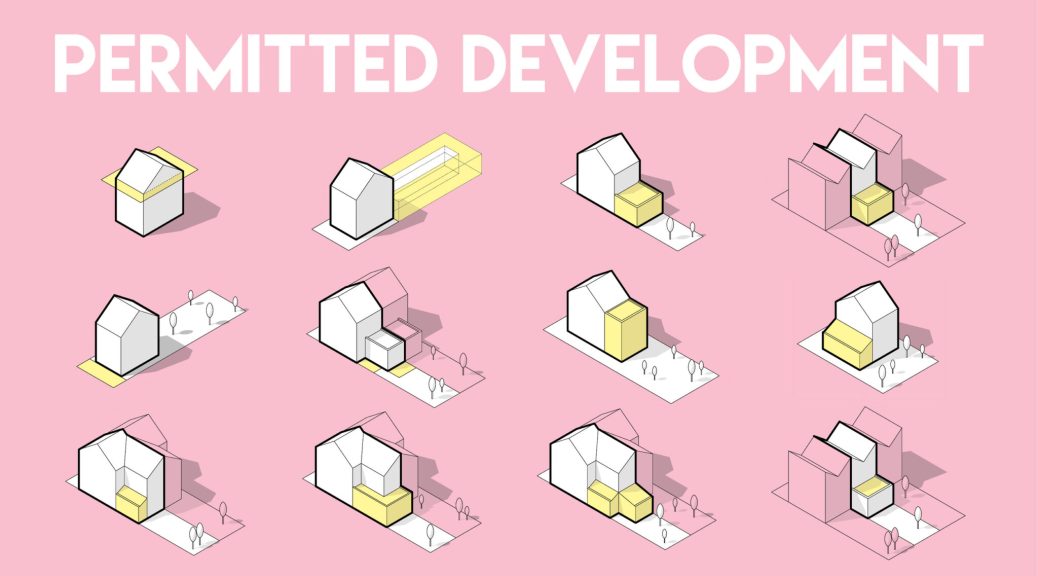Planning and development are big themes for CFO members – written by our in-house Town Planner, Stephen McKenna, we are beginning a new occasional column looking at matters planning related.
Today Stephen looks at changes in permitted development rules.
In August 2021, new permitted development rights (Class MA) took effect, granting deemed planning permission for change of use from commercial to residential.
This change was driven by developers to create more housing opportunities. Many Local Authorities had strongly objected to the proposed changes in the permitted development rules (PDR) regime on grounds that the changes are fundamentally flawed and run counter to their Local Plan policies, hence undemocratic in principle and potentially risking businesses, jobs and homes as well as impacting communities adversely. The changes to permitted development rights therefore present a challenge to the vitality and viability of designated town and local centres, with impacts already starting to be seen even where these local centres are protected by Local Plan policies.
There are limited tools available to resist these changes. The key one is that an Article 4 Direction can be designated, which would limit the action by landlords to secure vacant possession to enable changes to be made via PDR. Instead, a planning application would be required. However, landlords can potentially sue Local Authorities for compensation so there is a need to gather evidence in support of Article 4 typically a retail needs assessment would be undertaken. The Secretary of State can intervene (e.g. to modify Article 4 Directions) as well. In November 2022, Reading Council applied the Article 4 direction for change of use (classes MA, M and N) in district and local centres as defined in its Local Plan in order to remove certain permitted development rights that would result in new dwellings.
Designating an asset of community value can help protect buildings such as pubs and where there are Conservation Areas in place this may also assist as Article 4 Directions can more easily be justified.
Warning signs and the need for communities to be proactive:
Whilst individual shops in a settlement may be especially vulnerable under the new rules there is however some protection where there is only a single shop in a village, subject to various tests (e.g. distance from the nearest retail premises). There may be an opportunity for a community to acquire or take a shop into a stewardship arrangement. Where leases are in place or tenants are “holding over” it may still take time to get vacant possession if these are protected under the Landlord and Tenant Act 1954. Generally, ground F is the relevant one here whereby landlords can argue they need possession to carry out works. Planning evidence may be important in the decision to grant possession to the landlord.
For groups of shops, there may be a designation as a local centre in a Local Plan but on its own this will not stop the change of use under PDR. However in the past loss of trade of 10% or above was sufficient to get a planning refusal so if say a whole row of shops under a single ownership is threatened the Council should be requested immediately to get their evidence together to defend it using an Article 4 Direction.



